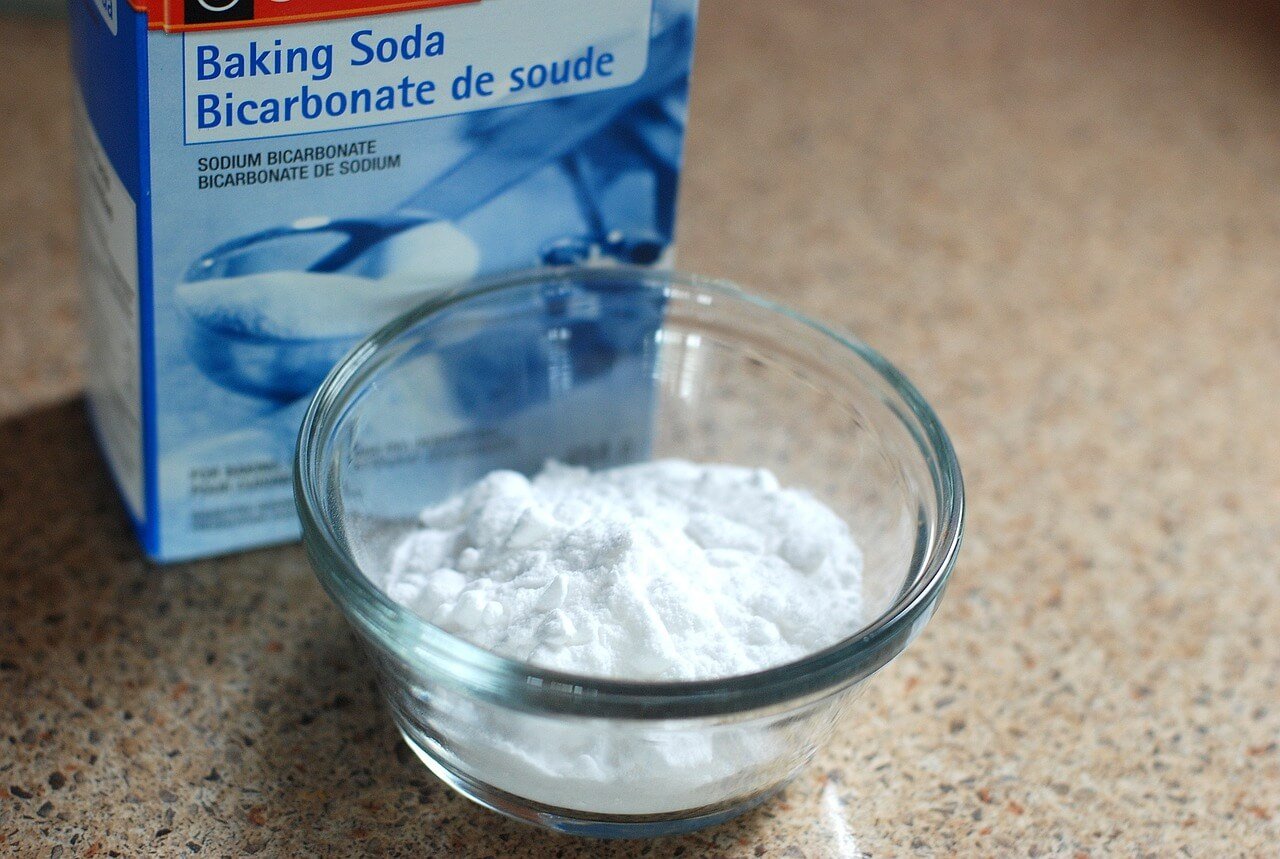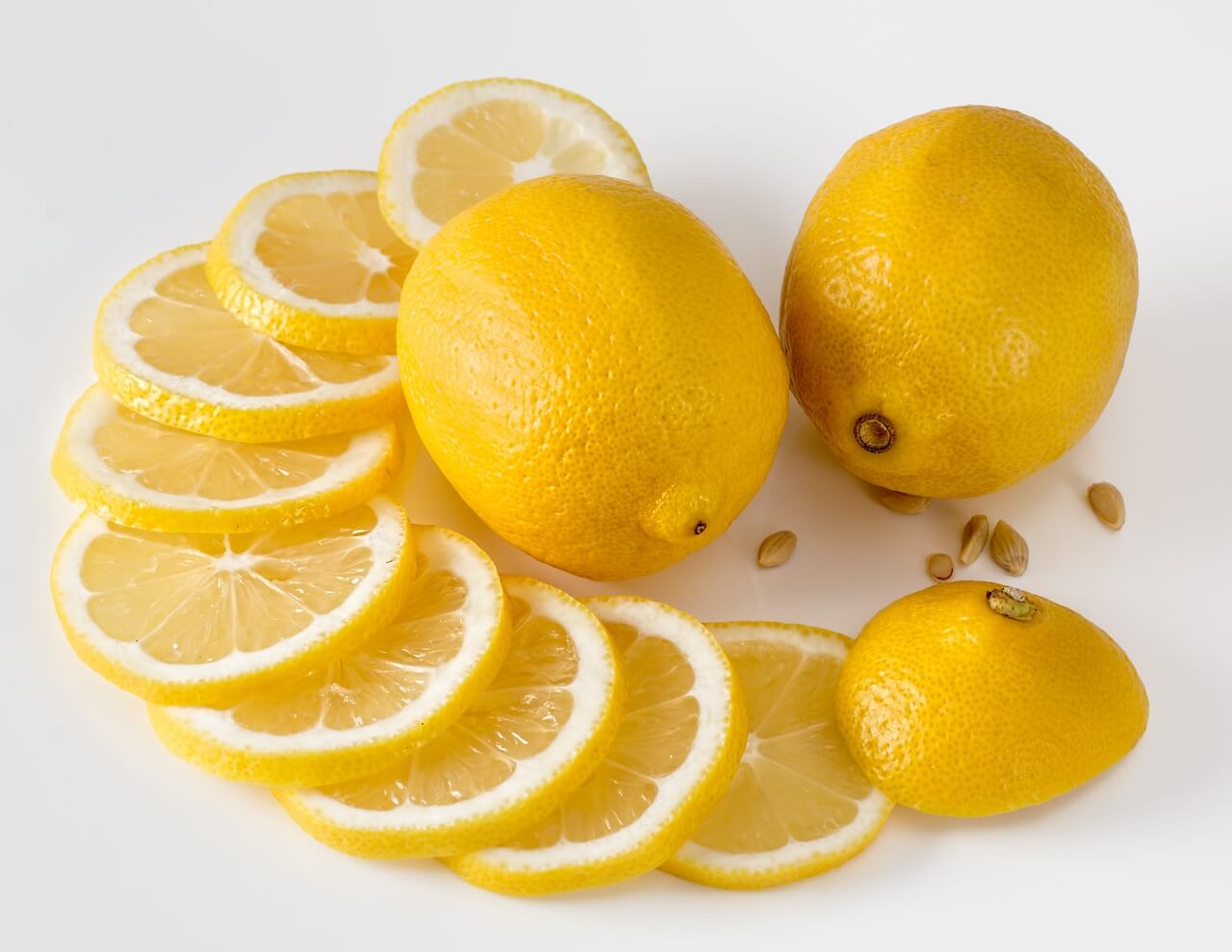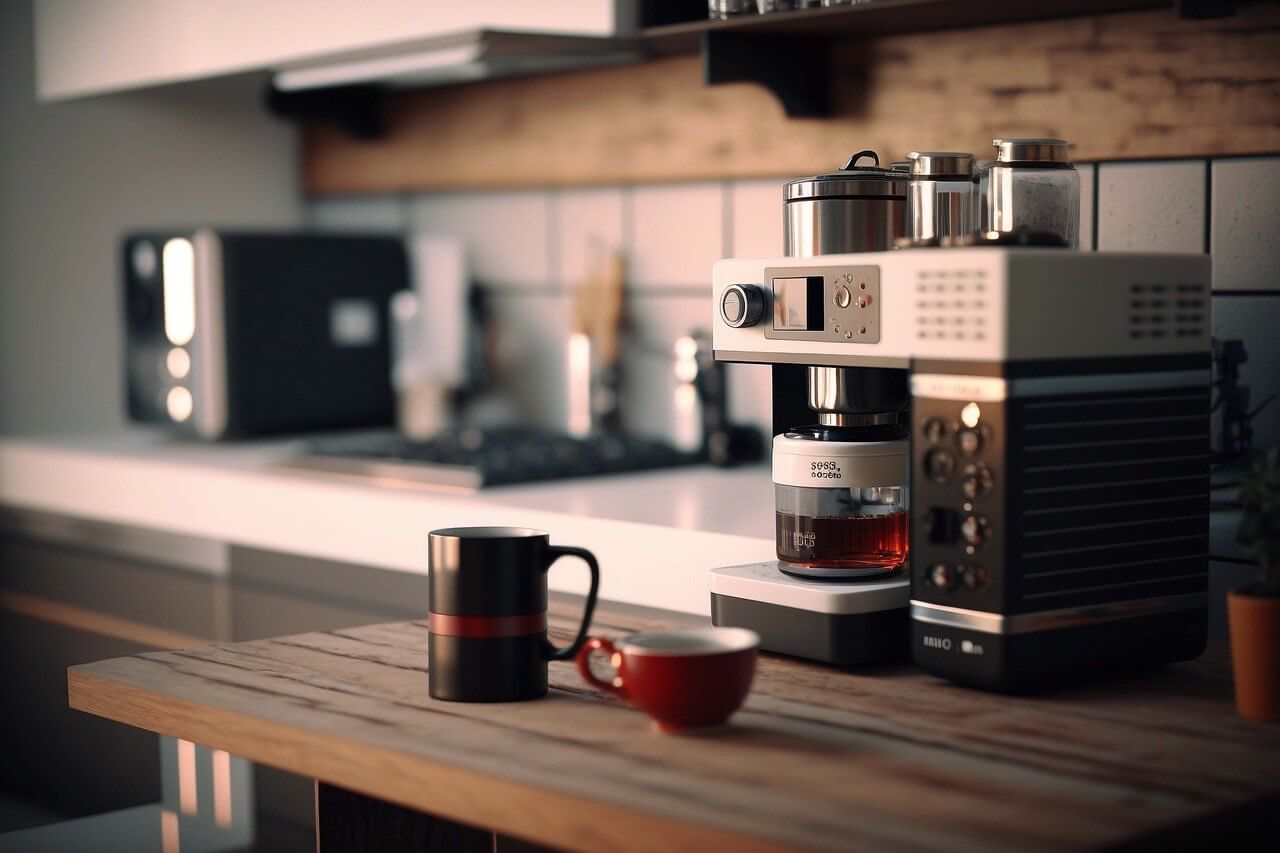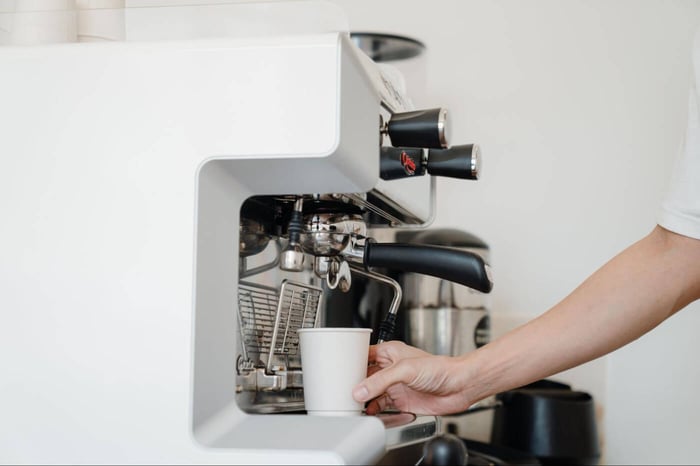When you clean a coffee maker, you keep it in pristine condition to create that perfect cup of joe. Over time, coffee grounds and mineral deposits can clog your machine, leading to a less-than-ideal brew. To complement your well-maintained coffee machine, explore our exclusive selection of premium coffee blends at Bones Coffee, ensuring the best taste in every cup.
A regular deep clean can rejuvenate your coffee machine, ensuring every cup is as delightful as the first. If you’ve found yourself wondering how to clean a coffee maker, our guide below is designed to help you achieve better-tasting coffee and extend the life of your beloved coffee machine.
Why Clean Your Coffee Maker?
If you don’t clean a coffee maker, mineral buildup eventually forms in your coffee machine. Over time, coffee oils, grounds, and mineral deposits from water can build up in your coffee machine. This impedes the efficiency of your drip coffee maker and affects the flavor of your brew.
A dirty coffee maker can actually end up producing bitter coffee. Imagine sipping on coffee that's tainted with the bitterness of old grounds and the staleness of scale buildup—certainly not the experience you're looking for.
Residues can lead to the growth of mold and bacteria, turning your coffee maker into a breeding ground for germs (say goodbye to a purely fresh brew).
To ensure that your brewing process is perfect and that your coffee maker’s performance is maintained, it's crucial to clean a coffee maker regularly. Following cleaning tips and observing a regular cleaning cycle extends the life of your coffee maker and guarantees that your coffee remains a safe and enjoyable part of your daily routine.
Quick Tip: To prevent mold and bacteria growth, leave the lid of your coffee maker open after each use. This allows the interior to dry completely, reducing the risk of unwanted growth. |
When to Clean Your Coffee Maker?

The frequency of cleaning depends largely on how often you use your coffee maker. For those who brew daily, oils and residue from coffee grounds can build up quickly, affecting both the taste of your coffee and the efficiency of your machine. On the other hand, even infrequent use can lead to problems, as stagnant water and residue can become breeding grounds for bacteria and mold.
Here's a list of signs indicating that coffee makers need deep cleaning:
- Unusual noises during the brew cycle
- Slower than normal brewing time
- Coffee tastes off or bitter
- Visible mineral deposits or scale buildup
- Mold or unpleasant odors emanating from the coffee maker
- Coffee pot takes longer to fill
- The coffee maker stops mid-brew
- The coffee is not as hot as it used to be
As a general rule, you should deep clean your coffee maker at least once a month if you're a daily user. This involves deep cleaning all removable parts and a descaling process to remove mineral deposits. Deep cleaning every two to three months is sufficient for those who use their coffee maker less frequently. However, it's important to clean the coffee pot and any removable parts after each use, regardless of how often you brew.
Why This Matters: Regular maintenance, beyond just cleaning, like checking for loose parts or wear and tear, can extend the life of your coffee maker. A little effort goes a long way in ensuring the quality of your coffee. |

Materials Needed for Cleaning

To effectively clean your coffee maker and ensure that every brew is as fresh and flavorful as possible, you'll need a few basic household items. It might be easier to clean a coffee carafe or glass carafe with just water and soap since these don’t have intricate parts; a coffee machine or coffee maker requires a bit more attention.
The materials below are both readily available and gentle on most coffee makers, ensuring they remain in top condition without the use of harsh chemicals. Here's what you'll need for proper cleaning:
White Distilled Vinegar
This is a key ingredient for descaling and removing the buildup of minerals. A vinegar solution, typically a mix of equal parts clean water and white vinegar, is effective for deep cleaning.
Baking Soda
Known for its cleaning and odor-neutralizing properties, baking soda is great for scrubbing and removing stubborn stains in your coffee pot.
Dish Soap
Mild dish soap is perfect for cleaning removable parts of the coffee maker, like the pot and filter basket. It helps remove oily coffee residue and grime.
Water
Clean water is essential for rinsing coffee makers after cleaning and for diluting cleaning solutions.
Soft Cloth or Sponge
A soft cloth or sponge is necessary for wiping down the exterior of the coffee maker and cleaning non-removable parts.
Soft Brush or Toothbrush (optional)
Helpful for reaching into nooks and crannies, removing any residue that would typically build up in these corners. This is especially helpful around the coffee filter area.
Step-by-Step Coffee Maker Cleaning Process
Cleaning your coffee maker is a straightforward process that can significantly improve the taste of your coffee and extend the lifespan of your machine. Here's a detailed, step-by-step guide to ensure coffee makers remain in top condition:
- Unplug and disassemble: Begin by unplugging your coffee maker. Remove all removable parts, including the carafe, brew basket, and any reusable filters.
- Wash removable parts: Wash the carafe, brew basket, and filters with warm, clean water and dish soap. If these parts are dishwasher-safe, you can place them in the dishwasher for a thorough clean. Make sure to remove any coffee grounds and oily residue.
- Prepare the vinegar solution: Mix equal parts of water and distilled white vinegar to create a descaling solution. This solution is effective in removing mineral buildup inside your coffee machine.
- Fill the water reservoir and run half a brew cycle: Pour the vinegar solution into the water reservoir. Start a brew cycle, and halfway through, turn off the coffee maker. Starting a brewing cycle and then stopping halfway allows the vinegar solution to sit in the water lines and thoroughly descale the internal components.
- Complete the brewing cycle and rinse: After 30 minutes, turn the coffee maker back on to complete the brew cycle. Discard the vinegar solution from the carafe. Then, fill the water reservoir with fresh water and run at least two full brew cycles to rinse any remaining vinegar solution.
- Clean the exterior: Wipe down the exterior of the coffee machine with a damp cloth. Pay special attention to areas where there are coffee spills or any visible buildup.
- Reassemble and brew: Once everything is clean and dry, reassemble your coffee maker. Put the carafe, brew basket, and other parts back in place. It's now ready for use.
Action: Remember to replace or clean the coffee filter regularly. A clean filter is crucial for a pure taste and can significantly reduce the chance of blockages and inefficiencies in your coffee maker. |
Alternative Cleaning Methods

When it comes to cleaning coffee makers, there are several alternatives to the traditional vinegar solution. Each method has its unique benefits and can be effective in ensuring your coffee maker is clean and functioning well.
Apple Cider Vinegar
Similar to distilled white vinegar, apple cider vinegar is effective in descaling and removing mineral buildup. It's a natural and eco-friendly option for regular cleaning, though it may leave a slight scent.
Baking Soda
Ideal for scrubbing and removing stains without scratching surfaces. Baking soda is less effective for descaling but great for cleaning removable parts and the carafe.
Lemon Juice
Lemon juice is a natural acid that can help break down buildup. Lemon juice is a more pleasant-smelling alternative to vinegar and is eco-friendly.
Commercial Cleaners
Specifically designed to clean a coffee maker, these can be very effective. However, they vary in eco-friendliness and are usually more expensive than household items.
Each method can be used to clean a coffee maker effectively, depending on your specific needs and preferences. Whether you prioritize eco-friendliness, cost, or ease of use, there's an option that will work for you.

FAQs about Cleaning Your Coffee Maker
We've compiled some of the most frequently asked questions about how to clean a coffee maker, offering clear and concise answers to help you keep your coffee tasting great and your machine in top condition.
Can I clean my coffee maker with ingredients other than vinegar?
Yes, you can clean a coffee maker using alternatives like baking soda, lemon juice, or commercial cleaning solutions. Baking soda is excellent for scrubbing and removing stains, while lemon juice offers a natural and fresh-smelling alternative for light descaling. Commercial cleaners are specifically formulated for coffee makers and can be highly effective, especially for tough residue.
Will cleaning with vinegar affect the taste of my coffee?
No, cleaning with vinegar won't affect the taste of your coffee as long as you thoroughly rinse the coffee maker afterward. Running two to three full brew cycles with pure water after cleaning with vinegar ensures that any residual vinegar taste or smell is completely removed.
How do I know when it's time to clean my coffee maker?
It's time to clean your coffee maker when you notice visible buildup or changes in the taste or temperature of your coffee. Check for mineral deposits or slower brewing times as well. Regular cleaning is key to ensuring your coffee tastes great and your machine functions properly.
Is it safe to use apple cider vinegar to clean a coffee maker?
Yes, it's safe to use apple cider vinegar to clean a coffee maker. It's a natural and effective descaling agent, similar to white vinegar, and can help remove mineral buildup without harming the machine.
Can I use dish soap to clean the removable parts of my coffee maker?
Dish soap can be used to clean the removable parts of coffee makers, such as the carafe and filter basket. It's effective in removing oily coffee residues and is safe for most materials. Just ensure all parts are thoroughly rinsed with water after washing.
How often should I descale my coffee maker?
You should descale your coffee maker every 3 to 6 months, depending on the hardness of your water and the frequency of use. Regular descaling prevents mineral buildup and ensures your coffee maker operates efficiently.
Clean Coffee Makers In The Most Effective Ways

Developing a coffee maker cleaning habit is essential for enjoying the best possible coffee experience. Whether you choose vinegar, baking soda, or commercial cleaners, each method ensures your coffee maker remains in excellent condition.
If you found these tips helpful or have your own tricks for keeping your coffee maker pristine, we'd love to hear from you! Share your experiences and join the conversation.
And while you're ensuring your coffee maker is in top shape, why not treat yourself to some of the finest coffee blends? Explore our collection of 12oz bags at Bones Coffee and discover your new favorite flavor today!





